Higher classification Theria | Scientific name Metatheria Phylum Chordata Rank Infraclass | |
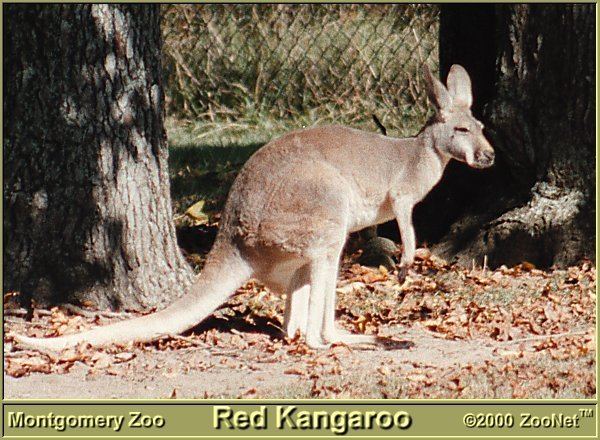 | ||
Lower classifications Marsupial, Opossum, Wombat, Macropods | ||
Metatheria
Metatheria is a mammalian clade that includes all mammals more closely related to marsupials than to placentals (such as sparassodontans). First proposed by Thomas Henry Huxley in 1880, it is a slightly more inclusive group than the marsupials; it contains all of the living mammals with abdominal pouches (most female marsupials) as well as their more primitive ancestors and relatives. Metatherians are one of three main classes of extant mammals: monotremes (egg laying mammals like the platypus and the echidna), metatheria (or marsupials, which includes the three American orders (Didelphimorphia, Paucituberculata and Microbiotheria) and the four Australasian orders (Notoryctemorphia, Dasyuromorphia, Peramelemorphia and Diprotodontia)), and the eutherians (or placental mammals) consisting of twenty-one orders, divided into four superorders. Metatherians belong to a subgroup of the northern tribosphenic mammal clade or Boreosphenida. They differ from all other mammals in certain morphologies like their dental formula, which includes about five upper and four lower incisors, a canine, three premolars, and four molars. Other morphologies include skeletal and anterior dentition, such as wrist and ankle apomorphies; all metatherians share derived pedal characters and calcaneal features.
Contents
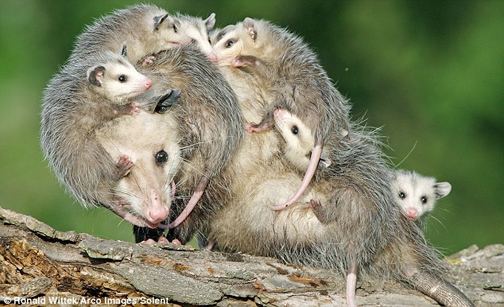
Classification
Below is a metatherian cladogram from Wilson et al. (2016):
Below is a listing of metatherians that do not fall readily into well-defined groups.
Basal Metatheria
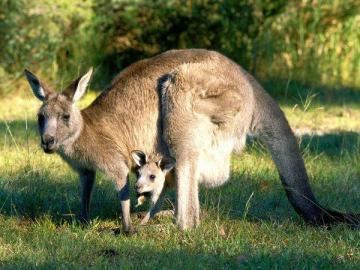
Ameridelphia incertae sedis:
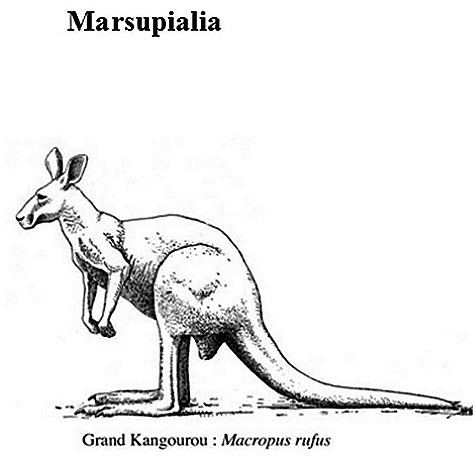
Marsupialia incertae sedis:
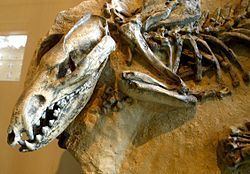
Evolutionary history
The relationships between the three extant divisions of mammals (monotremes, marsupials, and placental mammals) was long a matter of debate among taxonomists. Most morphological evidence comparing traits, such as the number and arrangement of teeth and the structure of the reproductive and waste elimination systems, favors a closer evolutionary relationship between marsupials and placental mammals than either has with the monotremes, as does most genetic and molecular evidence.
Around the end of the Triassic period, a Therapsid developed traits or characters that are diagnostic of the class Mammalia. This class gave rise to Multituberculata (herbivorous mammals), Triconodonta and Symmetrodonta (carnivorous and insectivorous mammals). However, these are not seen after the end of the Early Cretaceous and by the Late Cretaceous marsupials and placentals had evolved from a common eupantotherian ancestor. The Mammalia class probably saw its first eutherian in the early Cretaceous Jehol biota in China called Acristatherium yanesis. This eutherian was determined to be the most basal based on a phylogenetic analysis that used a data matrix of many other species. Metatherians probably evolved to take advantage of open arboreal niches. Adaptive radiation of marsupials excluded competition with their terrestrial placental counterparts.
Fossil metatherians are distinguished from eutherians by the form of their teeth; metatherians possess four pairs of molar teeth in each jaw, whereas eutherian mammals (including true placentals) never have more than three pairs. Using this criterion, the earliest known metatherian is Sinodelphys szalayi, which lived in China around 125 million years ago (mya).This 2003 study presents a new fossil from the early Cretaceous Yixian formation in China called Sinodelphys szalayi that gives enough morphological data to possibly be a basal metatherian in its didelphid-like morphology; it shares derived traits, such as dental formation and wrist and ankle structures. The fossil is about 125 million years old, making it one of the oldest metatherian fossils found and gives support to the claim that Asia was probably the center for diversification during the early Cretaceous. The researchers hypothesize that the divergence of Metatheria from Eutheria occurred in Asia no later than 125 million years ago, followed by the evolution of deltatheroidian-like taxa in Asia and North America about 120-100 million years ago and then the Paleocene diversification of relatives to the crown marsupials in South America. This makes it a contemporary to some early eutherian species that have been found in the same area.
The oldest metatherian fossils are found in present-day China. About 100 mya, the supercontinent Pangaea was in the process of splitting into the northern continent Laurasia and the southern continent Gondwana, with what would become China and Australia already separated by the Tethys Ocean. From there, metatherians spread westward into modern North America (still attached to Eurasia), where the earliest true marsupials are found. It is difficult to identify which fossils are marsupials, as they are characterized by aspects of the reproductive system that do not normally fossilize (including pouches) and by subtle changes in the bone and tooth structure that show a metatherian is part of the marsupial crown group (the most exclusive group that contains all living marsupials). The earliest definite marsupial fossil belongs to the species Peradectes minor, from the Paleocene of Montana, dated to about 65 million years ago. From their point of origin in Laurasia, marsupials spread to South America, which was connected to North America until around 65 mya. Laurasian marsupials eventually died off; traditionally this has been assumed to be due to competition with placental mammals, but generally this is no longer considered to be the case, as metatherian diversity doesn't seem to be correlated to placental diversity. In laurasian landmasses, herpetotheriids and peradectids remained alive until the mid to late Miocene, with the peradectids Siamoperadectes and Sinoperadectes being the youngest laurasian metatherians.
